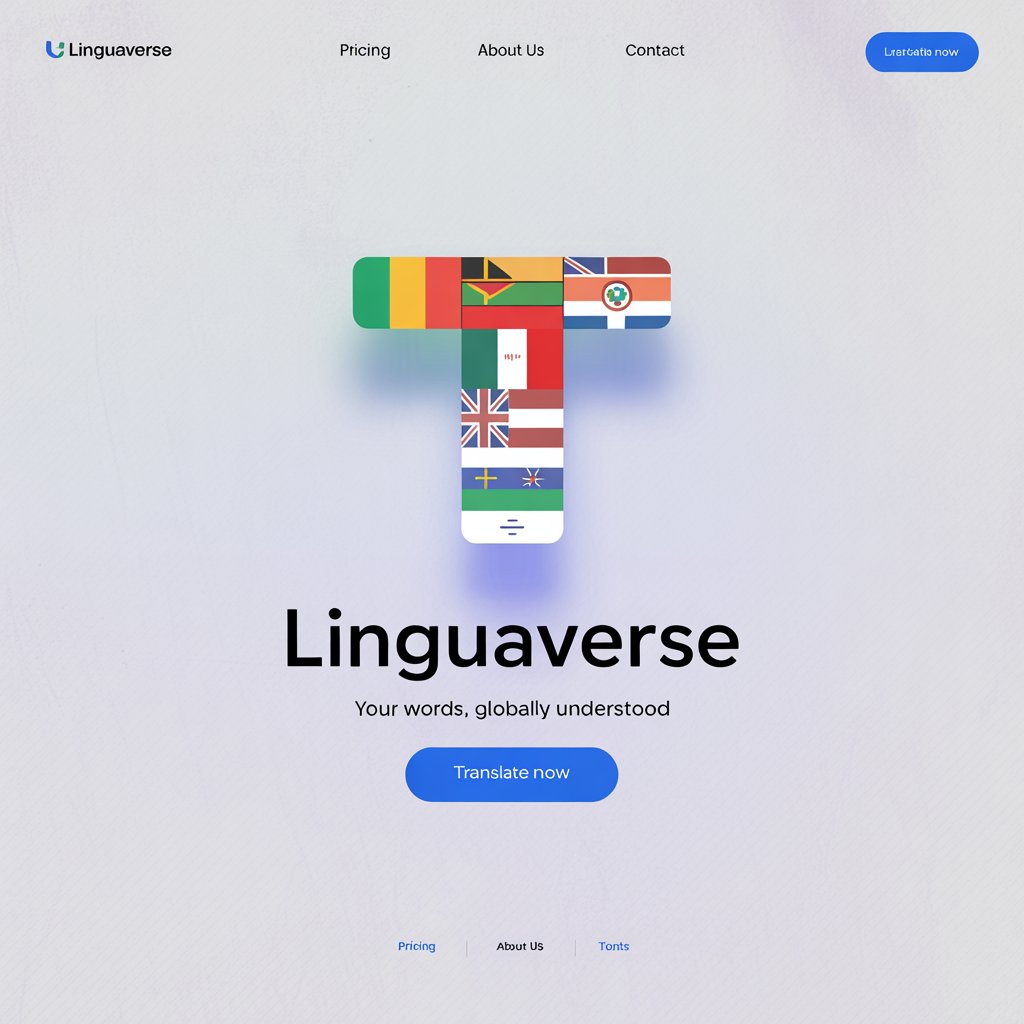Introduction
Picture this: a crisp morning in a bustling Tokyo park, where a Shiba Inu lets out a sharp, cheerful wan-wan as it chases a ball.
Across the globe in a Parisian café, a poodle yips a soft ouaf-ouaf, startling a patron sipping espresso.
Meanwhile, in a dusty village in Kenya, a dog’s deep mbwa-mbwa echoes through the air, alerting its owner to a visitor.
These sounds, though distinct, all represent the universal language of a dog’s bark—a sound that transcends borders yet carries the unique flavor of each culture’s interpretation.
Dogs, our loyal companions, “speak” in ways that reflect the linguistic and cultural tapestries of the humans they live alongside.
But do dogs really bark in different languages? Let’s embark on a global journey to explore how cultures interpret a dog’s bark, revealing a universal bond between humans and their furry friends, expressed in delightfully diverse ways.
Reference Table: How Dogs Bark Around the World
| Language | Word/Phrase for Bark | Cultural/Linguistic Insight |
|---|---|---|
| English | Woof-woof | Mimics the deep, resonant bark of larger dogs; common in Anglophone cultures. |
| Spanish | Guau-guau | A playful, open vowel sound reflecting the lively spirit of Spanish-speaking communities. |
| French | Ouaf-ouaf | Softer and nasal, evoking the elegance of French culture, often associated with smaller dogs. |
| German | Wau-wau | A straightforward, robust sound, mirroring the precision of German phonetics. |
| Italian | Bau-bau | Melodic and expressive, much like the Italian language itself, often used affectionately. |
| Mandarin | Wang-wang | A sharp, tonal sound that aligns with Mandarin’s pitch-based phonetics. |
| Hindi | Bhau-bhau | A rhythmic, repetitive sound reflecting the vibrancy of Indian linguistic traditions. |
| Japanese | Wan-wan | A high-pitched, cute sound, often tied to Japan’s affection for small, adorable dogs. |
| Korean | Meong-meong | Mimics a softer bark, reflecting the gentle cadence of Korean speech. |
| Arabic | Haw-haw | A guttural sound, varying across Arabic-speaking regions, rooted in local dialects. |
| Swahili | Mbwa-mbwa | Reflects the Swahili word for dog (“mbwa”), grounding the sound in linguistic identity. |
| Zulu | Gqu-gqu | A click-heavy sound, unique to Zulu’s phonetic structure, evoking a sharp bark. |
| Yoruba | Wowo-wowo | A flowing, musical sound, aligning with Yoruba’s tonal language patterns. |
| Maori | Au-au | A simple, resonant sound, tied to Maori’s connection to nature and animals. |
| Hawaiian | ‘Au-‘au | Reflects the glottal stops of Hawaiian, evoking the rhythm of island life. |
| Cherokee | Łe-łe | A unique sound tied to Cherokee syllabary, reflecting the bark of working dogs. |
European Languages
In Europe, the bark of a dog takes on the cadence of each language’s phonetic charm. In French, ouaf-ouaf carries a refined, almost delicate tone, often associated with the petite dogs that dot Parisian streets. The sound mirrors the elegance of French culture, where dogs are often seen as stylish companions. In Spanish, guau-guau bursts with energy, reflecting the passionate, vibrant spirit of Spanish-speaking communities from Spain to Latin America. The open vowels make it feel like a dog’s bark is part of a lively conversation. Italian bau-bau is melodic, almost sung, aligning with Italy’s love for expressive communication—think of a Nonna calling her pup with warmth. In German, wau-wau is crisp and direct, much like the language’s reputation for precision, often evoking the disciplined bark of a German Shepherd. Across these languages, the bark is more than a sound; it’s a reflection of cultural identity, where dogs are woven into daily life, from farmhouses to city apartments.
Asian Languages
Asia’s linguistic diversity offers a fascinating array of barks. In Mandarin, wang-wang is sharp and tonal, fitting the language’s pitch-based structure. In China, dogs are often seen as symbols of loyalty, and their barks are mimicked with clarity and purpose. Hindi’s bhau-bhau carries a rhythmic quality, resonating in India’s bustling streets where street dogs and pets alike bark in harmony with the chaos of daily life. In Japanese, wan-wan is adorably high-pitched, reflecting Japan’s cultural affection for cute, small breeds like the Shiba Inu. Korean meong-meong is softer, almost melodic, aligning with the language’s gentle flow and Korea’s growing pet culture. In Arabic, spoken across over 20 countries from Morocco to Iraq, haw-haw varies by dialect but often carries a guttural, earthy tone, tying the bark to the region’s nomadic traditions where dogs guarded flocks. These variations highlight Asia’s rich cultural mosaic, where a dog’s bark echoes both linguistic diversity and shared reverence for canine companionship.
African Languages
Africa’s linguistic landscape is as vast as its savannas, and dog barks reflect this diversity. In Swahili, spoken across East Africa in countries like Kenya and Tanzania, mbwa-mbwa directly ties to the word for dog, grounding the sound in the language’s identity. Dogs in Swahili-speaking regions are often working animals, guarding homes or herding livestock. Zulu, prevalent in South Africa, uses gqu-gqu, incorporating the language’s distinctive clicks, which mimic the sharp, alert bark of a guard dog. In Yoruba, spoken in Nigeria and beyond, wowo-wowo flows musically, reflecting the tonal nature of the language and the cultural view of dogs as protectors and companions. Across over 20 African countries, from Ethiopia’s Amharic wuf-wuf to Hausa’s karo-karo, the bark is a testament to dogs’ roles in community life, whether warding off danger or welcoming guests with a wagging tail.
Indigenous & Island Languages
Indigenous and island languages offer unique perspectives on the dog’s bark, often tied to deep cultural and environmental connections. In Maori, spoken in New Zealand, au-au is simple yet resonant, reflecting the Maori’s reverence for animals as part of the natural world. Dogs, or kuri, were historically vital in Maori culture for hunting and companionship. Hawaiian ‘au-‘au incorporates glottal stops, evoking the rhythm of island life where dogs are beloved family members. In Cherokee, spoken in parts of the United States, łe-łe reflects the syllabic structure of the language, often tied to working dogs in rural communities. Samoan, used in Samoa and American Samoa, employs moa-moa, a sound that mirrors the bark’s role in alerting island communities. Across over 20 indigenous and island cultures, from Inuit qimmiq-qimmiq in Arctic regions to Tongan kuli-kuli in the Pacific, the bark is a bridge between humans and their environment, rooted in tradition and survival.
Cultural Insights
The way humans interpret a dog’s bark has evolved alongside our relationship with dogs. In ancient Egypt, dogs were revered, their barks seen as divine warnings, often linked to the god Anubis. In medieval Europe, a dog’s bark was both a protector’s alarm and a symbol of loyalty in folklore. In Asian cultures, like in China, dogs’ barks were historically tied to warding off evil spirits, a belief still echoed in rural traditions. Linguistically, the onomatopoeic nature of bark words reflects how humans mimic sounds based on their language’s phonetics—English woof is deeper, while Japanese wan-wan is lighter, shaped by cultural perceptions of dogs. This evolution shows how dogs, and their barks, have been woven into human history, from guardians to companions, their voices a universal thread across civilizations.
Proverbs and Sayings
Dogs and their barks inspire proverbs worldwide, reflecting cultural values:
- English: “A barking dog never bites” – Suggests loud threats are often harmless.
- Spanish: “Perro que ladra no muerde” – Similar to the English version, emphasizing bluster over action.
- Chinese: “狗吠不咬人” (Dog barks but doesn’t bite) – Highlights restraint and loyalty in dogs.
- Swahili: “Mbwa akibweka, mgeni karibu” (When a dog barks, a guest is near) – Reflects dogs as community sentinels.
- Japanese: “犬が吠えても時は流れる” (Even if dogs bark, time flows) – A reminder of life’s continuity despite noise. These sayings reveal how dogs’ barks are metaphors for vigilance, loyalty, or even empty threats, resonating across cultures.
FAQs
Why do bark words sound similar in many languages?
Most bark words are onomatopoeic, mimicking the sound of a dog’s vocalization. Vowels like “a” and “o” and repetitive syllables are universal in imitating barks, though shaped by each language’s phonetics.
What’s the oldest known usage of a bark word?
While exact origins are hard to trace, ancient texts like those in Sanskrit or Egyptian hieroglyphs reference dog sounds, suggesting humans have mimicked barks for millennia, tied to dogs’ roles as protectors.
How do cultural differences affect the expression of a dog’s bark?
Cultures interpret barks based on their linguistic sounds and dog roles. In Japan, wan-wan reflects cute breeds, while in Zulu, gqu-gqu suits guard dogs, showing how environment and culture shape perception.
Conclusion
From the sharp wan-wan of Japan to the rhythmic mbwa-mbwa of Swahili, the way we describe a dog’s bark reveals a universal truth: dogs are our companions, their voices echoing our shared human experience. Whether guarding a home in Africa, trotting alongside a Parisian, or curled up in a Pacific island hut, a dog’s bark transcends language, carrying love, loyalty, and connection. These diverse sounds remind us that while cultures differ, our bond with dogs is a global language of its own. How does your dog bark in your language or culture? Share your stories in the comments—we’d love to hear how your furry friend speaks to you!




